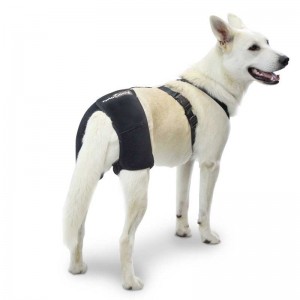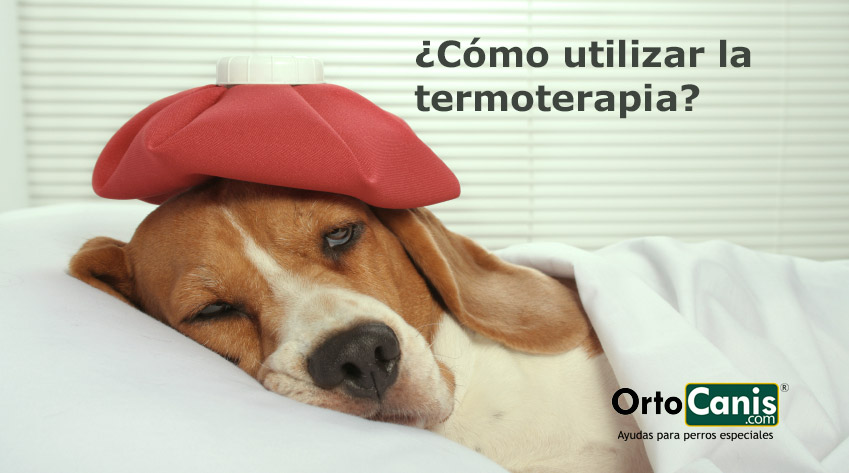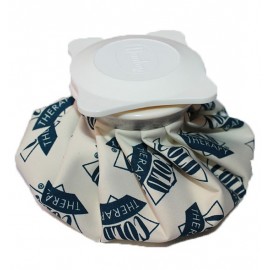Thermotherapy is, broadly speaking, the treatment by means of temperature. It is the most initial and intuitive phase of a rehabilitation; to such an extent, that all of us throughout our lives have applied it on occasion. Who has not hurt their ankle and when they got home they put on ice? Or heat when our back hurts?
The use of heat or cold in these cases is based on the characteristics of inflammation. In the initial phases (24-72h from the trauma) it is indicated to put cold. Thus, by decreasing the supply of blood to the area, we limit the exudate and, therefore, the inflammation. After the first few hours, it can be started with the application of heat, to increase blood flow and reorganization of the scar.
As for the analgesia produced by both heat and cold, there are several
 theories, although the most accepted is the gate control theory. According to this theory, the fibers that transmit heat and cold are much faster than those that transmit pain, in such a way that the pain signal is inhibited in favor of those of temperature, pressure … That is, we “overload” the nervous system with information (in this case temperature) so that the body does not perceive the pain, even if the cause continues. It is also believed that the application of heat increases the secretion of endorphins.
theories, although the most accepted is the gate control theory. According to this theory, the fibers that transmit heat and cold are much faster than those that transmit pain, in such a way that the pain signal is inhibited in favor of those of temperature, pressure … That is, we “overload” the nervous system with information (in this case temperature) so that the body does not perceive the pain, even if the cause continues. It is also believed that the application of heat increases the secretion of endorphins.
Here you have an article where we delve into something more about thermotherapy, contraindications or precautions that we must have.
Guzman Herrera
Source: Veterinary Rehabilitation




